🧭 Introduction: Why People Are Turning Away from Traditional News
In recent years, a growing section of India’s population has become deeply disillusioned with mainstream news media, often labelled as “Godi Media” — a term popularised by journalist Ravish Kumar, which refers to media perceived to be pro-government and biased.
With 24/7 news channels running political propaganda, sensational debates, and celebrity gossip, the trust deficit has widened. Citizens seeking real issues — like unemployment, inflation, healthcare, corruption, and democracy — are increasingly feeling unrepresented.
Into this void have stepped independent content creators on YouTube, who are challenging the hegemony of traditional TV news, offering critical reporting, factual breakdowns, and honest opinions.
📺 What Is ‘Godi Media’?
“Godi Media” is a derogatory term derived from the Hindi word ‘godi’ (lap), implying that a significant section of India’s mainstream media has become lapdogs of the government, abandoning journalistic neutrality.
Characteristics of Godi Media:
Uncritical praise of the ruling party.
Selective reporting or complete omission of anti-government narratives.
Spreading hate and communal division.
Prioritising TRP over truth.
Hosting shouting matches instead of meaningful debate.
News channels that were once trusted have lost credibility among many viewers who now consider them tools of state propaganda.
📲 Enter YouTube: A Platform for the People
YouTube has become the battleground for truth and narrative control. With low entry barriers, independent voices — often journalists who left traditional media or were forced out — have found a massive, engaged audience.
Why YouTube?
No editorial boss filtering or restricting content.
Access to millions of subscribers and a comment-driven community.
Flexible formats: long-form explainer videos, vlogs, live streams, interviews, fact-checks.
Real-time audience feedback and algorithmic discovery.
Monetisation through ads, memberships, crowdfunding (Patreon, Instamojo, UPI, etc.).
🔥 Prominent Alternative Voices on YouTube
Let’s look at a few creators and platforms who are leading this new wave of alternative journalism:
📌 1. Ravish Kumar – Ravish Kumar Official
The veteran journalist and Magsaysay Award winner Ravish Kumar, known for his fearless reporting on NDTV, now runs his YouTube channel, which gained over 10 million subscribers within a year.
What he does:
Deep dives into media bias and government failures.
Investigative-style monologues in Hindi.
Focus on ground realities — education, jobs, healthcare.
His move to YouTube marked a seismic shift, as he represents the highest level of journalistic integrity now operating independently.
📌 2. Dhruv Rathee
With over 15 million subscribers, Dhruv Rathee is among the most influential Indian YouTubers who educate and critique through simplified visuals and data-driven storytelling.
Content Style:
Political analysis, fact-checks, history, and global affairs.
Uses humour, sarcasm, and animated explainers.
Viewed as an alternative for India’s youth hungry for facts, not noise.
📌 3. Akash Banerjee – The Deshbhakt
Akash Banerjee, a former journalist, brings satirical commentary on Indian politics and media through his YouTube channel, The Deshbhakt.
Unique approach:
Political satire blended with analysis.
Skits, comic characters, and memes to engage younger audiences.
Takes on hypocrisy in mainstream media and exposes media spin.
📌 4. Newslaundry
One of the earliest digital-first platforms to “pay to keep news free”, Newslaundry offers:
Podcast discussions.
Media criticism (TV Newsance series).
Long-form investigative reports.
Interviews with experts and politicians.
They follow a subscriber-driven model, not ad-based, to maintain editorial independence.
📌 5. The Wire, Mojo Story, Article 14, and Alt News
Other credible players in this ecosystem include:
The Wire: Left-leaning investigative journalism, in-depth political and legal reporting.
Mojo Story: Founded by Barkha Dutt, it focuses on ground reports (especially during COVID).
Article 14: Legal rights, social justice, and government accountability.
Alt News: India’s top fact-checking platform busting fake news and propaganda.
🌐 The Impact: Changing Public Perception
These YouTube journalists and creators have:
Restored faith in independent journalism.
Empowered citizens with fact-based content.
Created a community of engaged viewers, unlike passive TV audiences.
Exposed corporate-media nexus and challenged narratives.
Provided platforms for marginalised voices — Dalits, Adivasis, Muslims, farmers, students.
This shift is not just media-related — it reflects a cultural and generational transformation in how Indians consume and trust information.
⚠️ Challenges They Face
Despite their growing influence, alternative media faces multiple threats:
Monetisation pressure: YouTube’s changing algorithms, demonetization of political content.
Legal cases and threats: FIRs, defamation suits, harassment.
Censorship: Videos are being taken down, and shadow banning is also occurring.
Cyberattacks and trolling: Coordinated abuse from political troll armies.
Lack of resources: Most creators work with limited teams and budgets.
Unlike corporate-backed channels, these creators rely on audience support to survive.
🧠 Why This Movement Matters
In a democracy, a free and fair press is non-negotiable. With traditional media compromised, YouTube and other digital platforms are becoming the last bastion for honest storytelling.
They hold the power to:
Keep the government in check.
Give space to unheard communities.
Promote media literacy among citizens.
Encourage healthy dissent and open dialogue.
In a country where journalists are under increasing pressure, the rise of independent voices on YouTube is revolutionary.
📢 Final Thoughts: The Future of Indian Journalism Is Digital
The fight between Godi Media and digital truth-tellers is not just about media — it’s about democracy, accountability, and public trust.
As internet penetration grows, and younger audiences reject the shouting matches of primetime TV, YouTube journalism is only going to get bigger.
But with great reach comes great responsibility. These creators must continue to uphold journalistic ethics, transparency, and balance. And we, the viewers, must support them — not just with views, but with subscriptions, donations, and constructive engagement.
💬 Join the Conversation
Do you follow any alternative news channels on YouTube? What do you think about the current state of Indian media?
📝 Comment below and share this article with someone who’s tired of the noise and wants the truth instead.




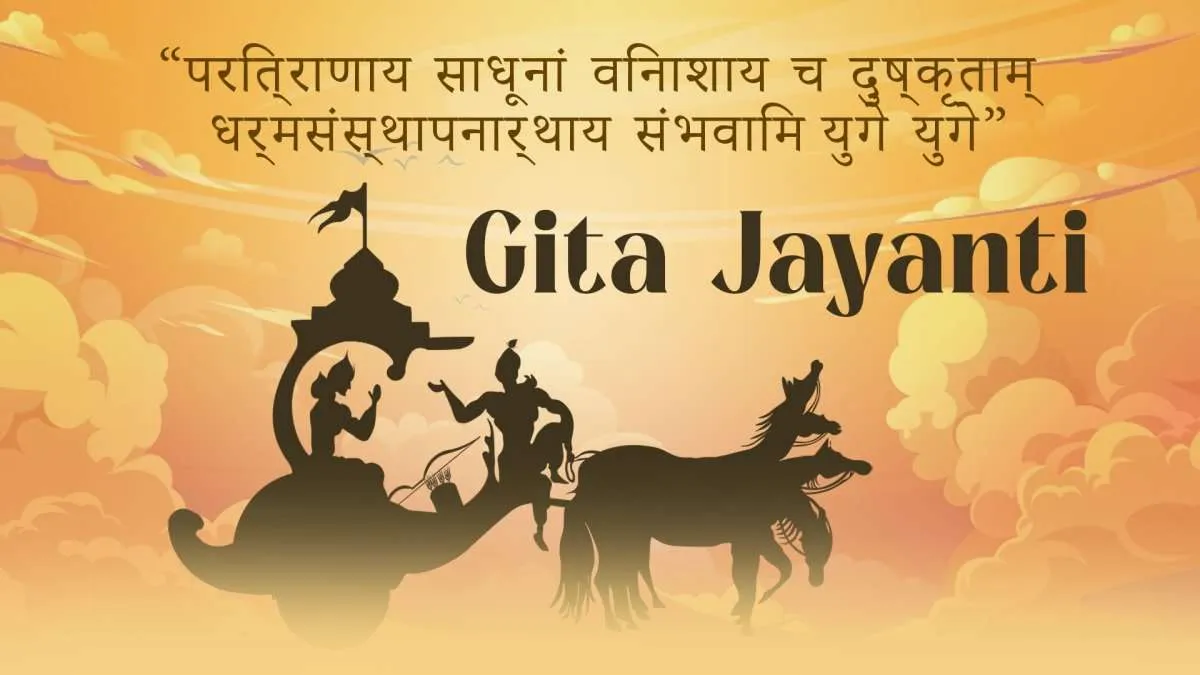
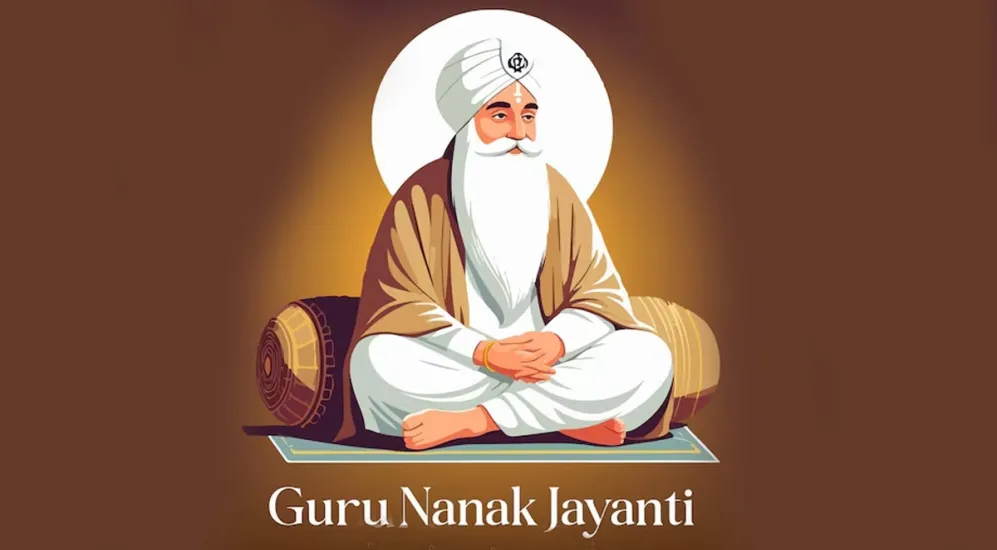
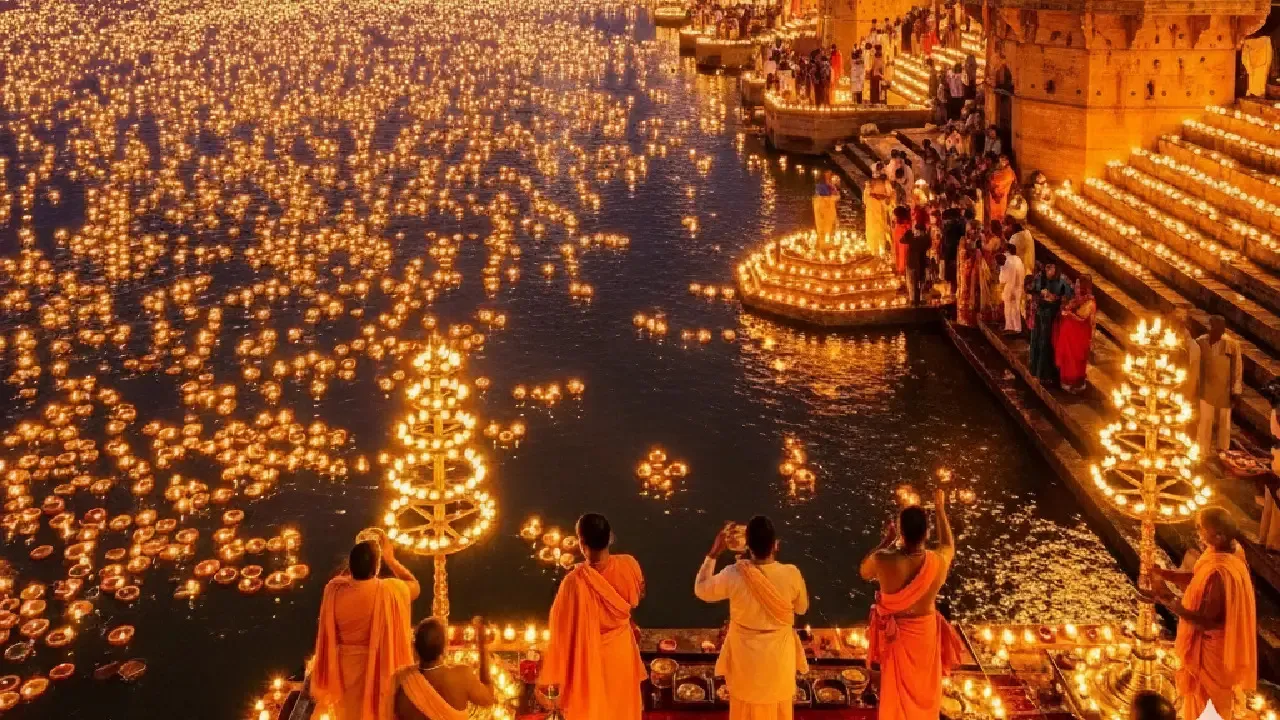
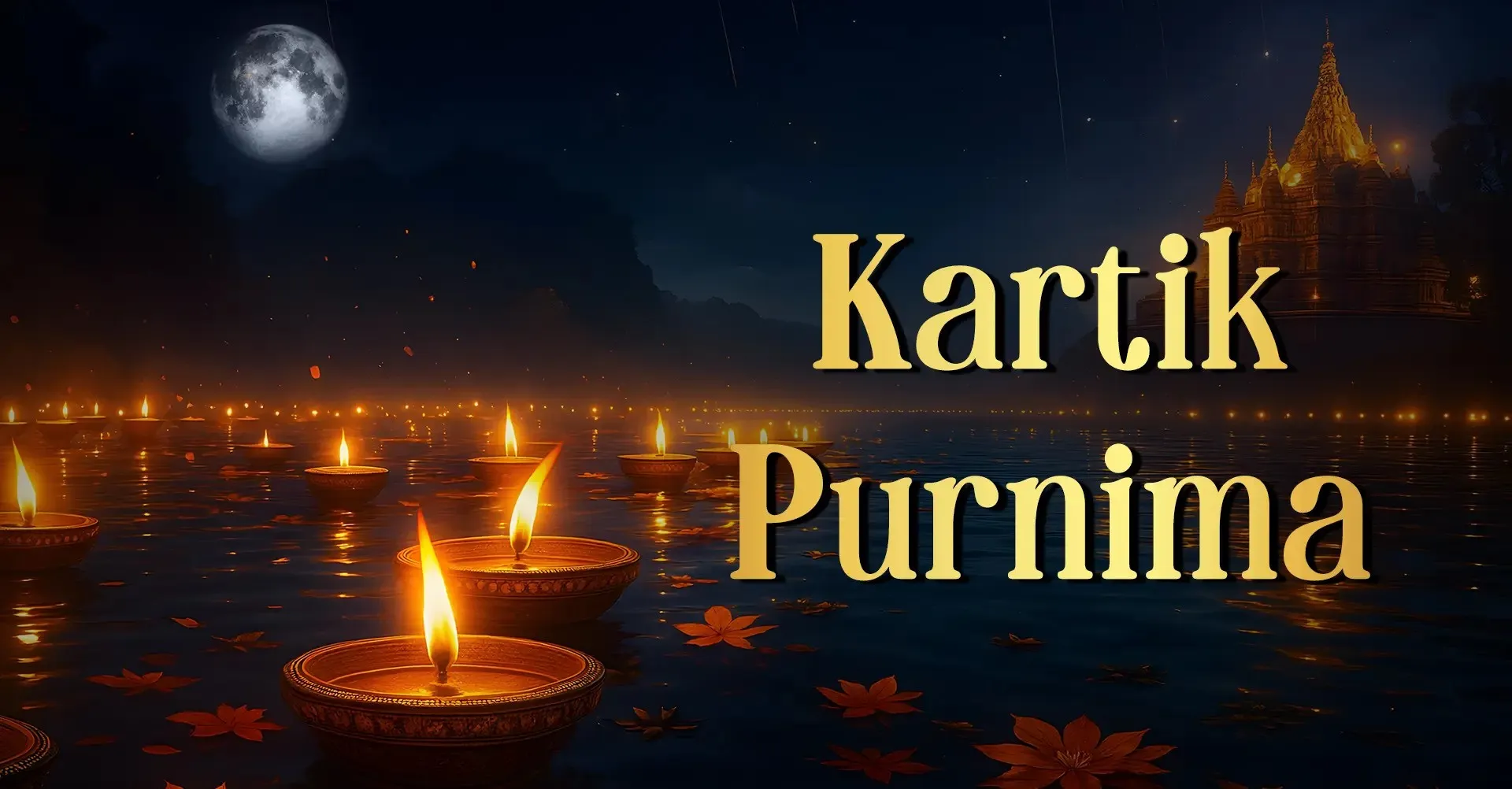
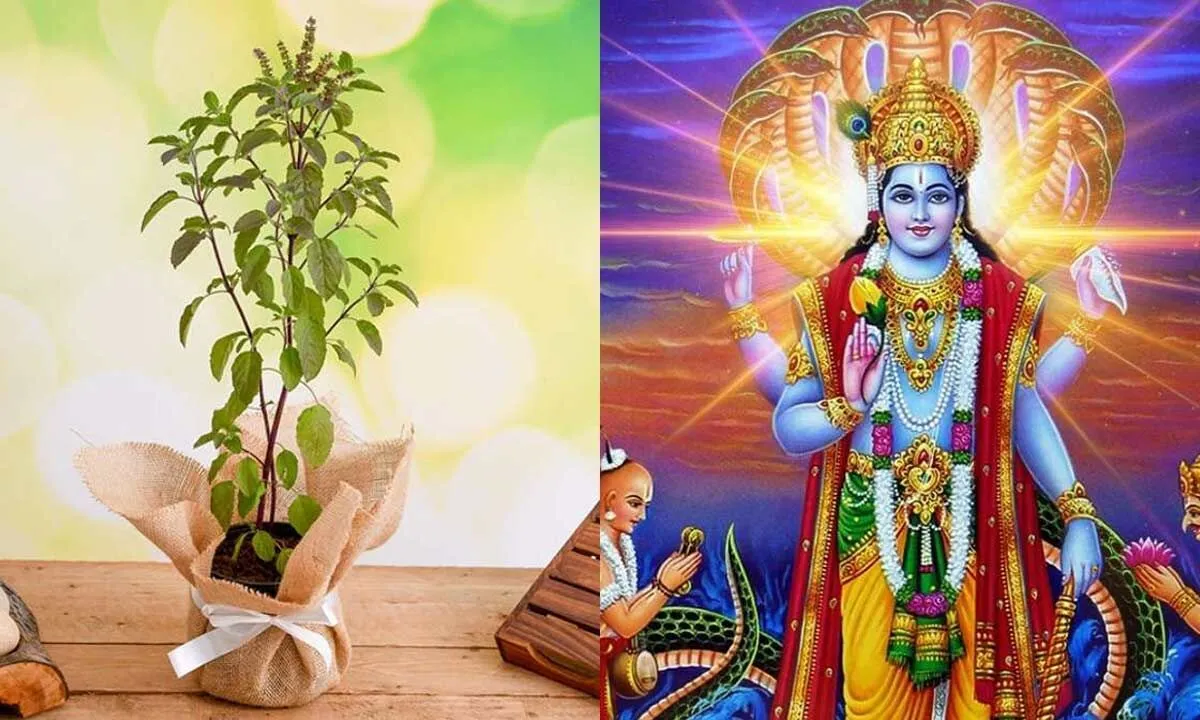

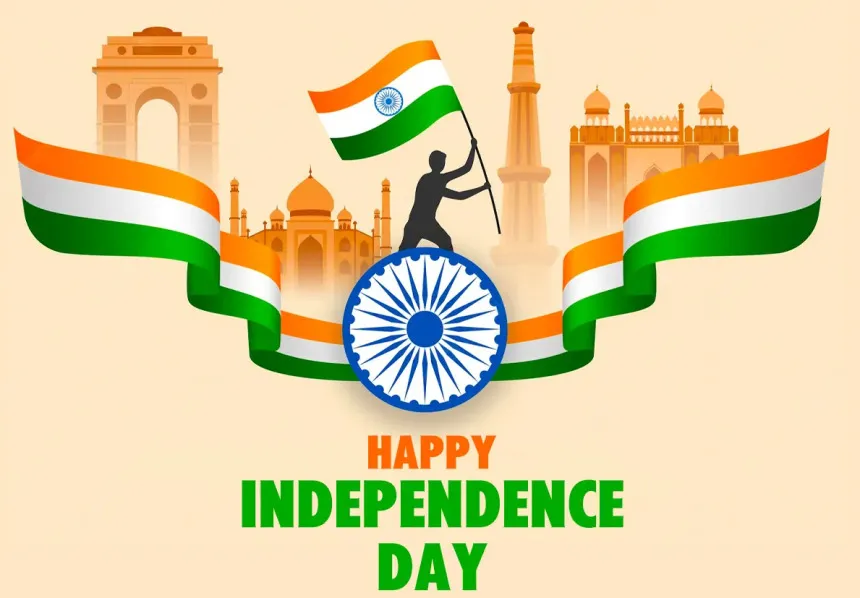

Recent Comments
No comments yet.